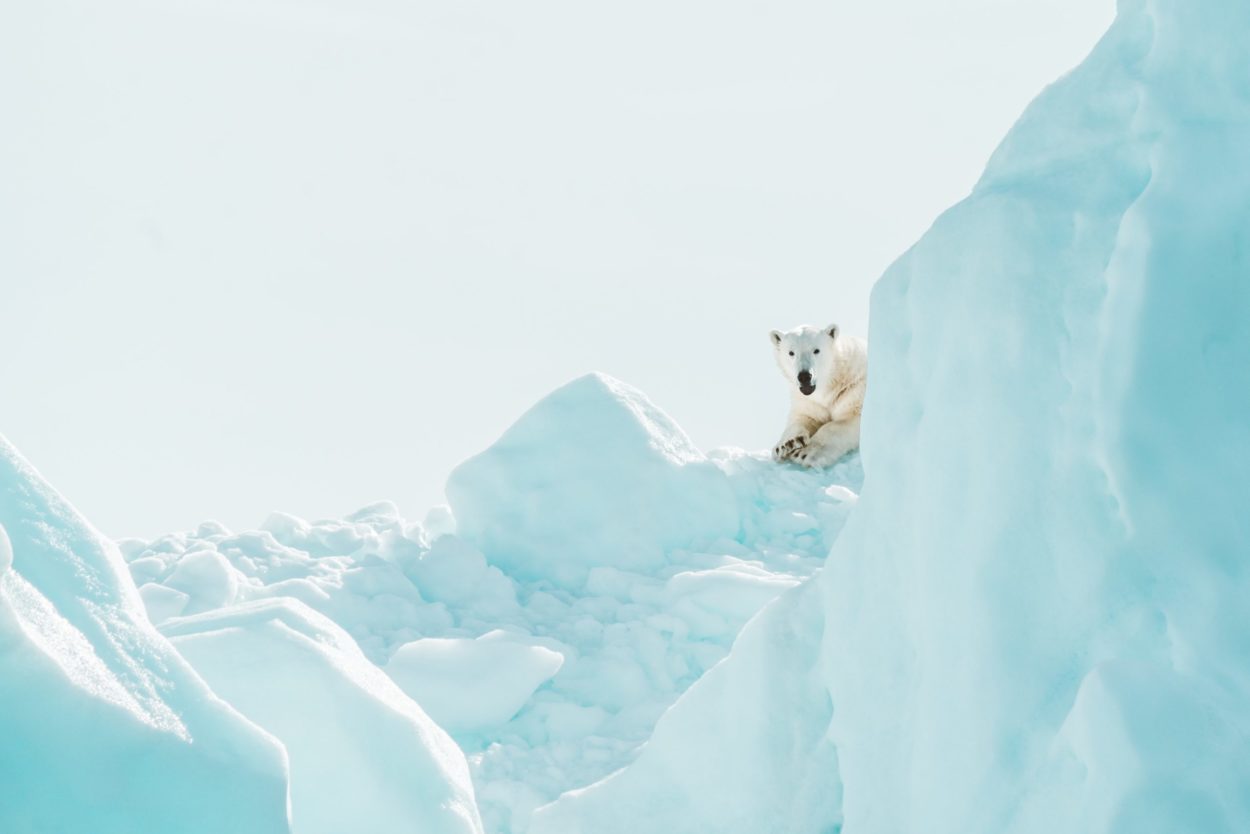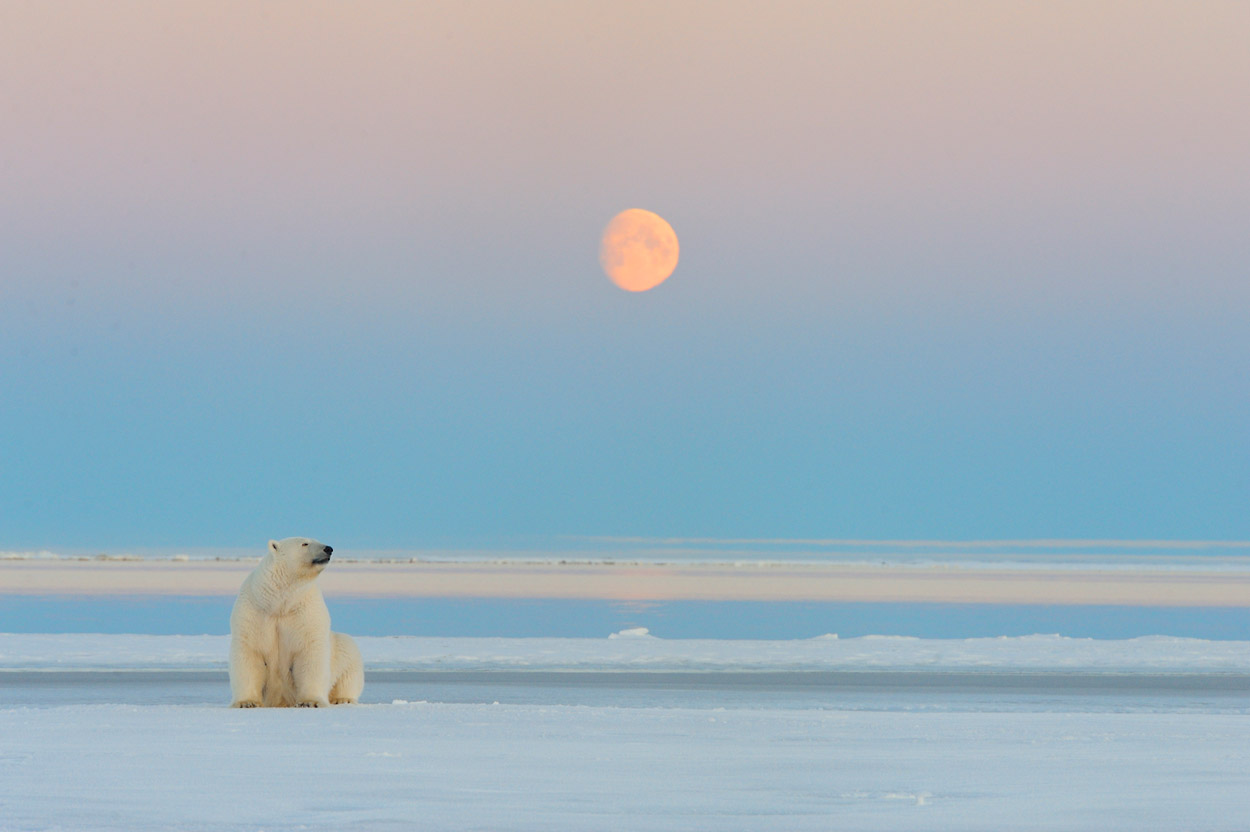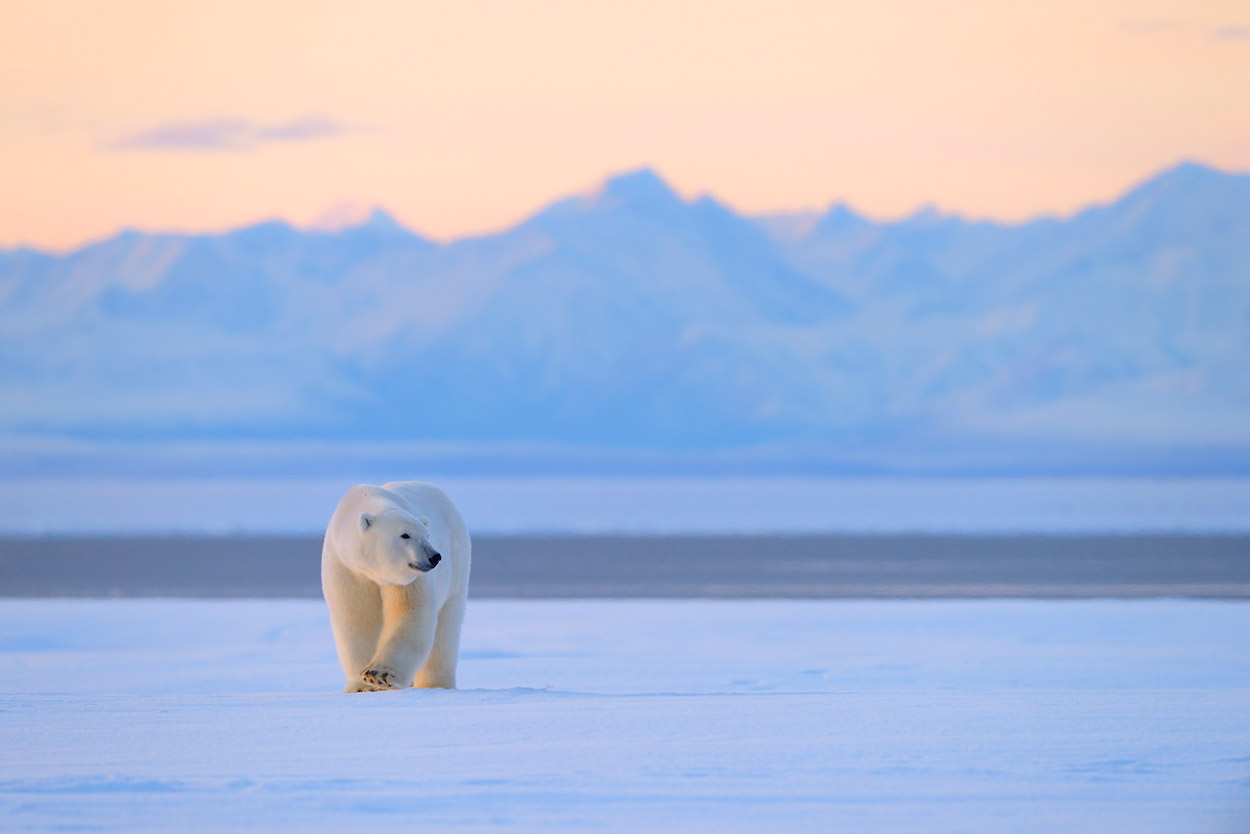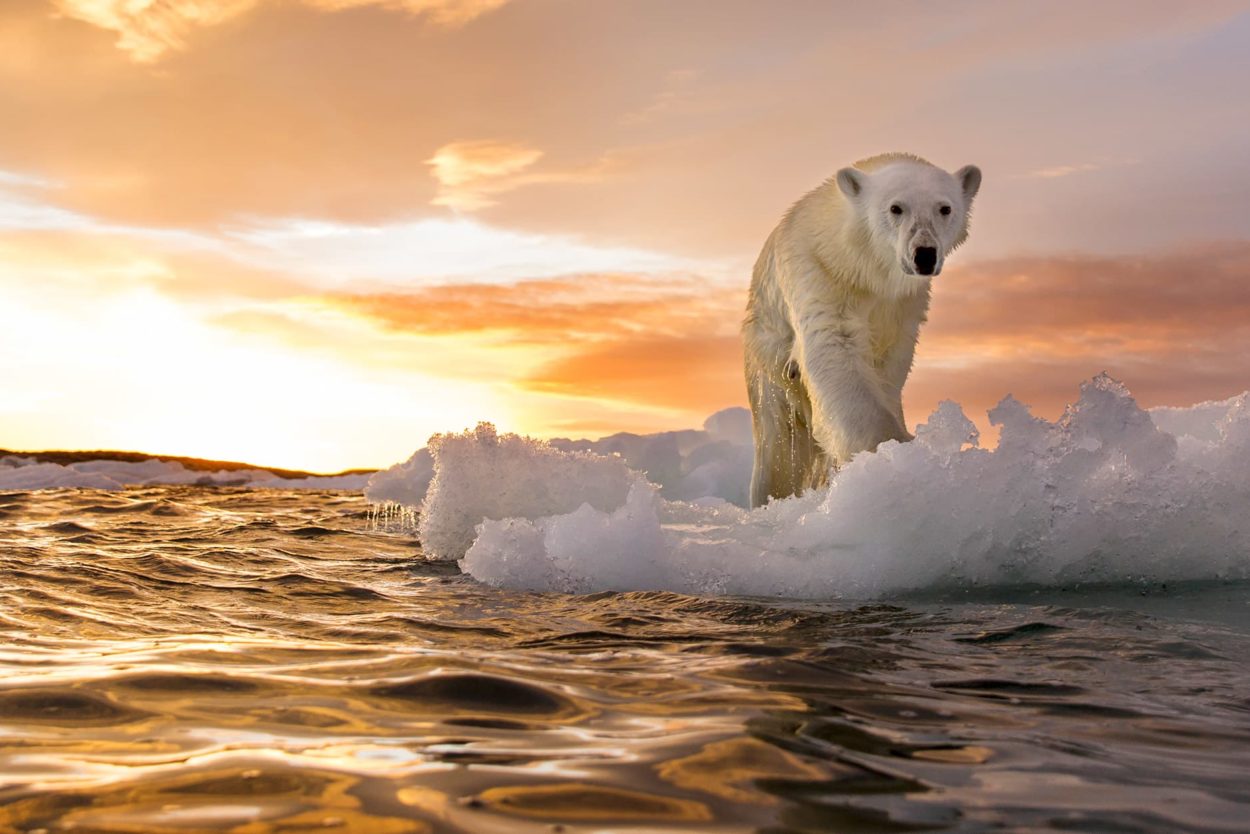Two-thirds of polar bears
could disappear by 2050
Polar bears will be wiped out by the end of this century unless more is done to tackle climate change. Scientists have been studying polar bears in great depth for decades, desperately seeking advances in understanding, and more importantly, reversing the effects of climate change on this extraordinary species on the brink of extinction.
Dr. Jon Aars, a polar bear scientist at The Norwegian Polar Institute, has dedicated his life’s work to staging annual polar research expeditions in the Svalbard region. His team studies the impact of rapid habitat changes on Arctic animals, from melting polar ice caps to rising sea levels. Dr. Aars’ and his team have had great success in gathering critical data via satellite-collaring – a common-practice used around the world to track and study animal movements and behavior while mitigating human-animal interactions as much as possible.






